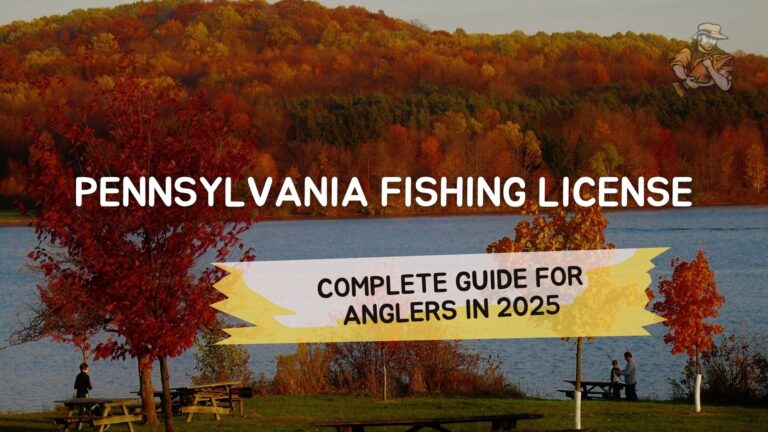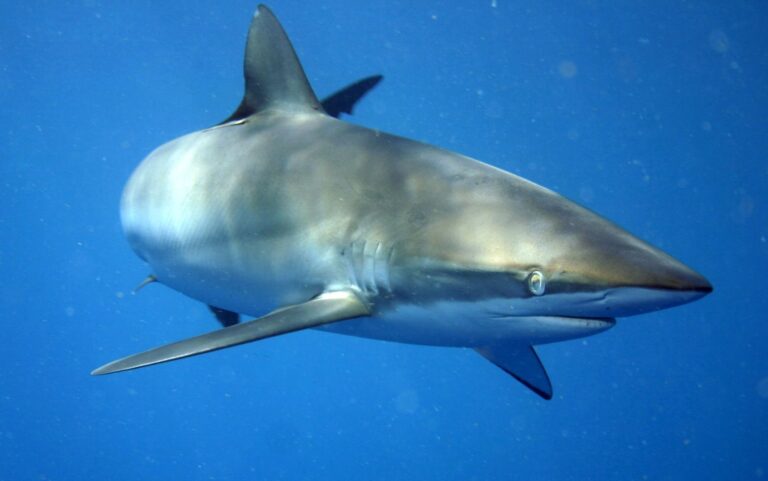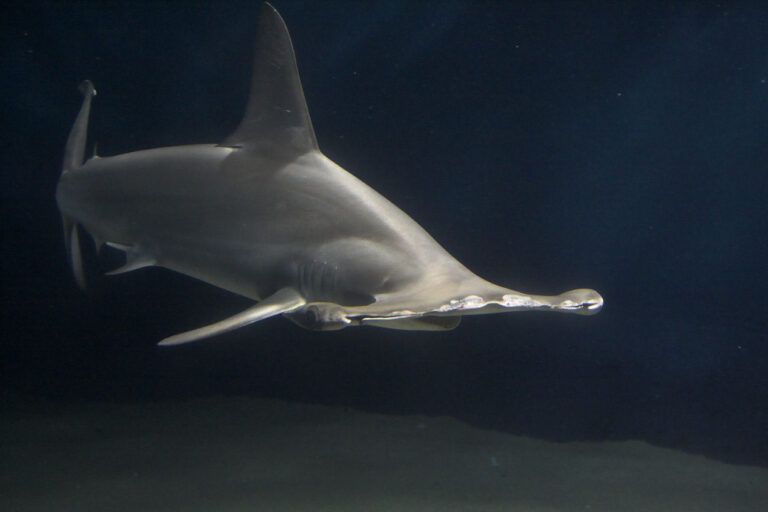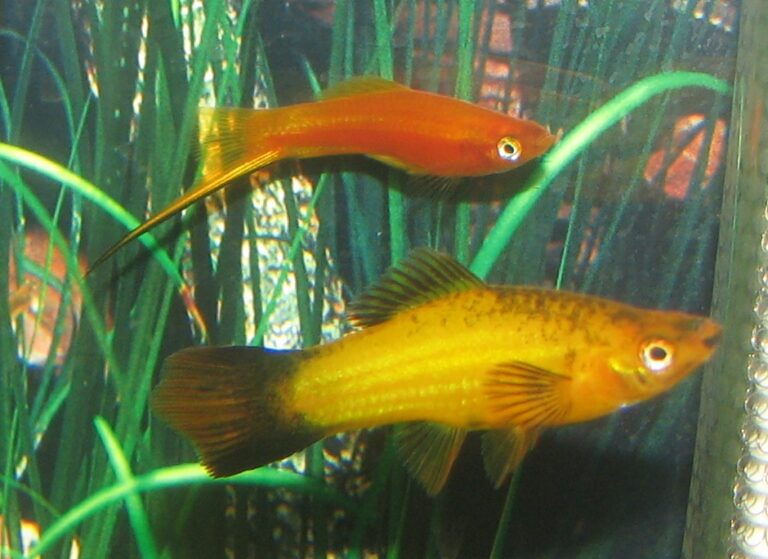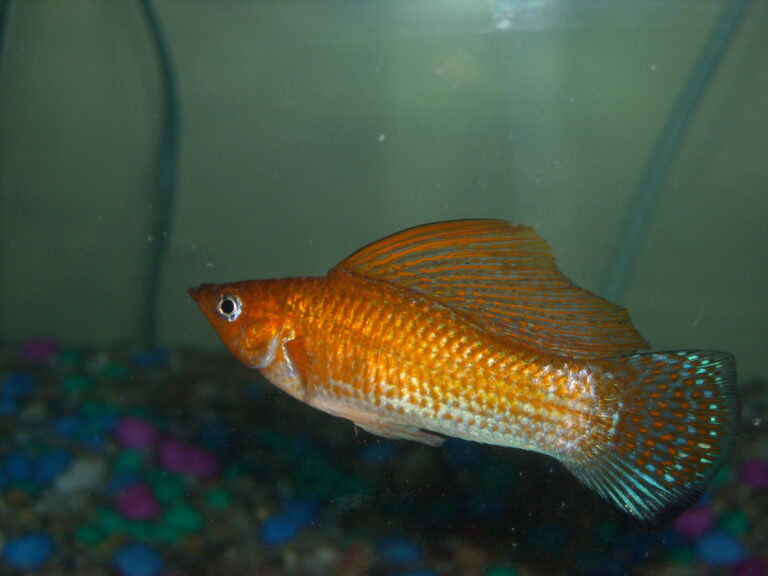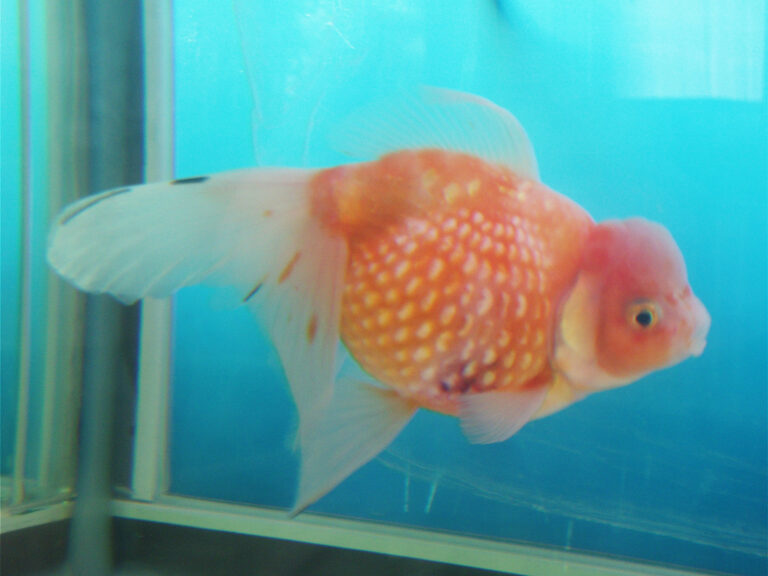Croaker Fishing Secrets: Why Most Anglers Miss the Big Ones
By Adam Hawthorne | Last Modified: May 4, 2025
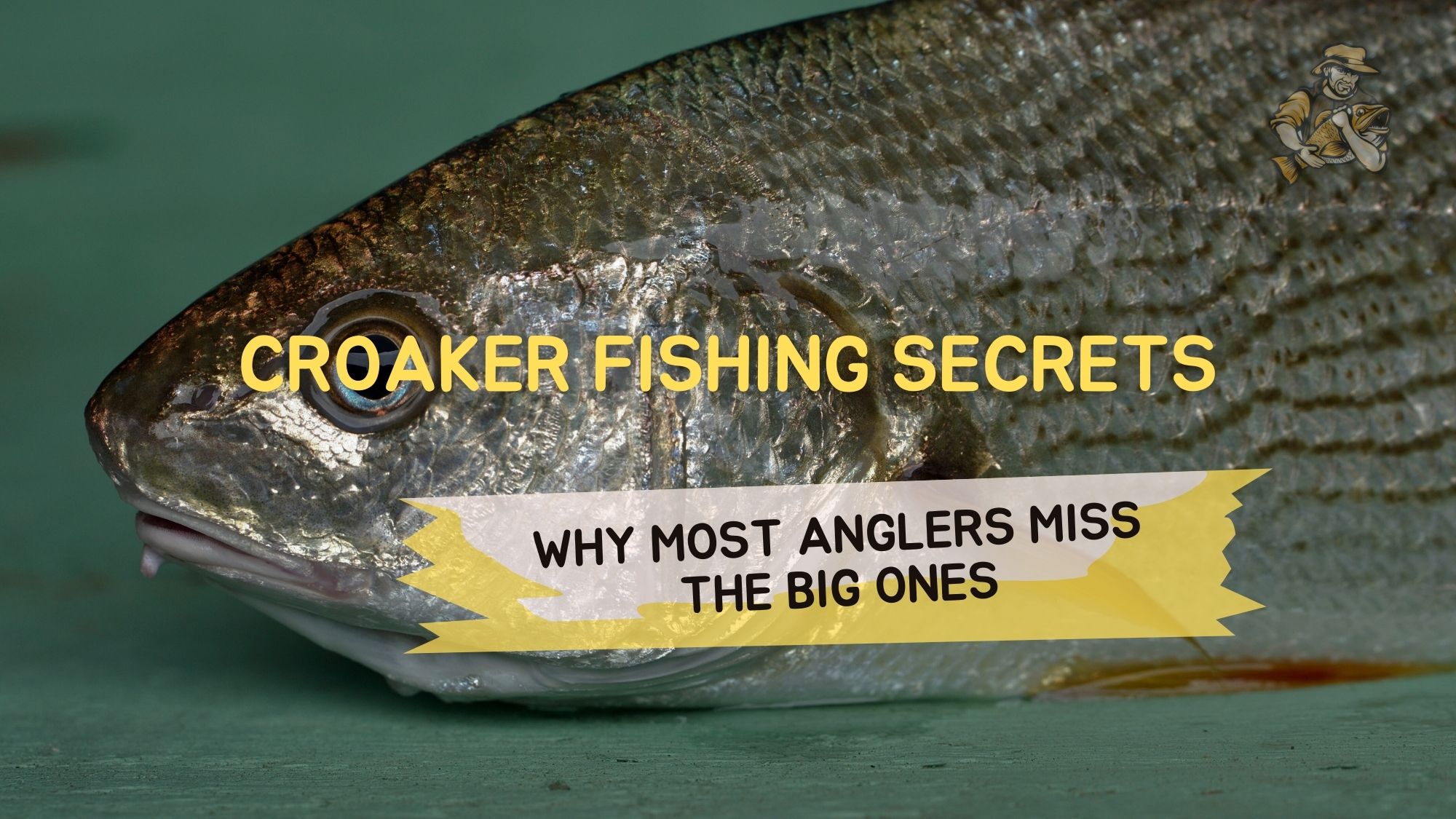
Croaker fishing might seem straightforward, but there’s more to catching these tasty fighters than most weekend anglers realize. I’ve spent countless dawns chasing these silver-sided drum relatives across the coastal waters of the Atlantic and Gulf, and I’ve noticed a pattern – folks are consistently missing out on the bigger specimens.
After 30+ years of trial and error (heavy on the error part), I’ve compiled what actually works when targeting trophy croakers. Not the 8-inchers that swarm piers in summer, but the genuine 2-3 pound “bull” croakers that make for excellent table fare and put up a surprisingly good fight.
Croaker Fishing Fundamentals Most Anglers Get Wrong
Let’s set the record straight about croakers. These members of the drum family aren’t just bait-stealers or a consolation prize when other species aren’t biting. A decent-sized croaker puts up a spirited fight on light tackle and tastes fantastic when properly prepared.
The Atlantic croaker (Micropogonias undulatus) gets its name from the distinctive croaking sound it makes using specialized muscles against its swim bladder. It’s like they’re having conversations down there, which always fascinates my kids when we bring one aboard The Patience.
People fish for croakers all wrong because they treat them as an afterthought. They use whatever bait is handy, fish wherever they happen to be, and don’t adjust their approach based on conditions. Then they wonder why they only catch undersized ones.
I learned this lesson years ago while fishing with my brother James near Chesapeake Bay. We were targeting something “more impressive” when I noticed a pattern to the occasional larger croaker we’d catch. Once I started focusing on those patterns rather than dismissing the croakers as a nuisance catch, my success rate with quality fish improved dramatically.
Mistake #1: Using the Wrong Bait at the Wrong Time
Most anglers just toss whatever they have – usually pieces of shrimp or squid – and hope for the best. While croakers aren’t particularly picky eaters, there are definitely preferences that will attract the bigger ones.
Bloodworms are absolute croaker candy, but they’re expensive and not always available. I’ve found that fresh cut bait from spot, mullet, or even other croakers works exceptionally well, especially for larger specimens. The fresher the bait, the better your results.
I remember one summer morning on Lake Michigan when I was using frozen shrimp with mediocre results. A local showed up next to me cutting fresh fish into strips. He outfished me 3-to-1 and his croakers were consistently larger. That was an eye-opener.
For those on a budget (and who isn’t these days?), peeler crab can be devastating on big croakers when available. Honestly though, I’ve had some of my best days using simple pieces of fresh shrimp with the shells still on. The extra scent seems to draw them in from farther away.
Mistake #2: Fishing Only During “Convenient” Times
Weekend warriors tend to fish when it’s convenient – midday, pleasant weather, slack tide. Unfortunately, that’s not when the biggest croakers are most active.
Croakers, especially the trophy-sized ones, feed most aggressively during tide changes – particularly the first two hours of an incoming tide or the last two hours of outgoing tide. I’ve had my best luck right around dawn and dusk during these tide phases. There’s something almost magical about that first light hitting the water while the tide is pushing in.
Last fall, I took Tommy to a spot on Lake Erie that’s known for decent croaker action. Most folks had been fishing all afternoon with modest results. As the sun started setting and the tide began to change, the bite absolutely exploded. Tommy still talks about catching “croakers on every cast” during that golden hour.
Weather plays a huge role too. Many anglers pack up when a light rain begins, but I’ve had some of my most productive croaker fishing during gentle, warm summer rains. The rain seems to wash additional food into the water and reduces surface visibility, making croakers less cautious.
Mistake #3: Using Gear That’s Too Heavy
This is where most anglers really miss out on both the fun and the effectiveness of croaker fishing. Using heavy, stiff rods meant for larger gamefish makes it difficult to detect the sometimes subtle bite of croakers, especially the larger, more cautious ones.
I prefer a 7-foot medium-light rod paired with a 2500-3000 size spinning reel. This setup gives you enough backbone to handle a quality croaker but remains sensitive enough to feel those light taps when they’re sampling your bait.
Line choice matters tremendously too. While you can certainly catch croakers on heavier line, I’ve found 8-10 pound test monofilament or 10-15 pound braid with a fluorocarbon leader gives the best combination of sensitivity and strength. The thinner diameter cuts through water better in current situations too.
Finn actually helped me discover this by accident. My black lab knocked over my primary rod one morning, and I had to use my ultralight bass setup instead. The difference in bite detection was immediately apparent – I was feeling nibbles I would have completely missed on heavier gear.
Location Strategies Most Anglers Overlook
Where you fish is just as important as when and how. Croakers have definite habitat preferences that shift throughout the day and with the seasons. Understanding these patterns is critical for targeting bigger fish.
Most casual anglers simply fish from convenient public piers or beaches, which certainly produce croakers – usually smaller ones. But the trophy specimens require a more strategic approach.
Finding Structure That Holds Bigger Croakers
Croakers love structure, particularly during daylight hours. Bridge pilings, oyster beds, channel edges, and deeper holes all concentrate larger croakers. During my trips along the Atlantic coast, I’ve consistently found that the biggest croakers hold tight to channel edges where deep water transitions to shallow.
One particularly productive pattern I’ve discovered on the Great Lakes is finding areas where underwater points or bars drop off into deeper water. These transition zones, especially when located near the mouth of a creek or river, act as highway systems for feeding croakers.
In Traverse City, there’s a specific drop-off about a quarter mile from shore that consistently produces croakers a full pound heavier than what folks catch from the nearby public pier. The difference is just 8 feet of water depth and about 500 yards of distance – but the size difference is remarkable.
The Depth Factor Few Consider
Smaller croakers will happily feed in very shallow water, especially at night. But the genuine trophies typically hold in slightly deeper water during daylight hours – usually in the 8-15 foot range depending on water clarity and time of year.
During summer months with clear water, I focus on deeper channels and holes in the 12-15 foot range. As water temperatures cool in fall, croakers often move slightly shallower, and I adjust accordingly.
I learned this pattern the hard way after consistently catching only small to medium croakers from shore. When I finally invested in my modest boat (aptly named “The Patience”), the first thing I did was explore deeper adjacent areas. The size difference in the croakers I started catching was immediate and dramatic.
For shore-bound anglers, focus on areas where deeper water comes close to shore – look for points, jetties, or pier heads that provide access to deeper channels.
Technique Refinements That Actually Produce
Most folks fish for croakers with a static bottom rig – drop it down, put the rod in a holder, and wait. While you’ll certainly catch some fish this way, a more active approach yields better results, especially for larger specimens.
My most productive technique involves a simple two-hook bottom rig, but instead of leaving it motionless, I implement what I call the “slow drag” – gently moving the rig along the bottom with occasional pauses. This mimics natural prey movement and triggers reaction strikes from otherwise cautious croakers.
The Terminal Tackle Setup That Outperforms Standard Rigs
Rather than using pre-made bottom rigs with heavy weights and large hooks, I tie my own using:
- 20lb fluorocarbon leader
- Size 2 or 4 circle hooks (depending on bait size)
- The lightest egg sinker or bank sinker that will hold bottom
Using circle hooks has dramatically improved my hookup rate with croakers. They tend to grab bait and move off immediately, and circle hooks do the work of setting themselves as the fish swims away. This has reduced gut-hooked fish significantly in my experience.
I remember fishing the Au Sable River with my standard J-hooks and having terrible luck with hooksets. A local showed me his circle hook rig, and the difference was night and day – I went from missing half my bites to landing nearly every fish.
The weight selection is crucial too. Use only enough weight to maintain bottom contact while still allowing some natural movement with the current. Most anglers use weights that are far too heavy, which restricts the natural presentation of the bait.
The Retrieve Method That Triggers More Strikes
While the basic bottom rig works, how you fish it makes all the difference. After casting, I allow the rig to settle, then implement a slow, methodical retrieve with plenty of pauses:
- Cast and allow bait to reach bottom
- Wait 15-30 seconds (a surprising number of strikes come during this initial settle)
- Slowly lift the rod tip about 6-12 inches
- Lower the rod while reeling up slack
- Pause for 5-10 seconds
- Repeat until the rig is back to the boat or shore
This retrieve method covers more ground and triggers reaction strikes from croakers that might ignore a static presentation. The key is maintaining bottom contact throughout the retrieve – if you don’t occasionally feel the sinker bump along the bottom, you’re fishing too far above the strike zone.
Emma actually figured this pattern out before I did. My daughter was “playing” with her rod instead of fishing “properly,” but she was catching fish after fish while I was getting occasional bites on my stationary rig. Kids sometimes make the best fishing teachers!
Seasonal Patterns That Change Everything
Croakers are migratory fish, and their behavior changes dramatically with the seasons. Understanding these seasonal shifts is critical for consistently finding larger specimens.
During spring, croakers begin moving inshore and into bays and estuaries. This is when you’ll find them pushing into rivers and creeks as water temperatures rise. Early spring croakers are often still recovering from winter and spawning, so they may be thinner than summer fish.
Summer brings peak croaker fishing in most regions. By mid-summer, they’re fully established in coastal waters, bays, and river mouths. This is when the largest concentrations occur, but also when fishing pressure is highest, making the big ones more cautious.
I’ve had tremendous success during late summer when many anglers have switched to other species. Particularly in the Chesapeake Bay region, August through early October produces some of the largest croakers of the year as they feed heavily before beginning their migration back to deeper offshore waters.
The fall migration offers a brief but outstanding opportunity for trophy croakers. As water temperatures begin to cool, croakers stage near river mouths and coastal inlets before moving offshore. These pre-migration fish are often the largest and most aggressive of the year.
Winter finds most croakers in deeper offshore waters, though some southern areas like the Gulf Coast may retain populations year-round. In Michigan, we obviously don’t target them through the ice, but during mild winters along the mid-Atlantic, dedicated anglers can still find them in deeper channels and holes.
My brother Mike and I have a tradition of taking a late September trip to target these pre-migration croakers. We’ve found that fishing slightly deeper than most anglers (18-25 feet) during this period often produces the largest croakers of the year.
Environmental Factors Most Anglers Ignore
Water conditions dramatically impact croaker behavior and feeding patterns. While most anglers simply fish regardless of conditions, understanding how water temperature, clarity, salinity, and oxygen levels affect croakers can be the difference between success and failure.
The Water Temperature Sweet Spot
Croakers become most active when water temperatures are between 65-80°F. Below 60°F, their metabolism slows considerably, and above 85°F, dissolved oxygen levels often drop, pushing croakers to deeper, cooler water.
I keep a simple thermometer on The Patience and have noticed a clear pattern – when surface temperatures hit 72-75°F, croaker activity peaks, especially if this coincides with moving water from tidal flow.
During hot summer days, early morning fishing becomes crucial as water temperatures are at their daily low point and oxygen levels at their highest. By midday when temperatures peak, the larger croakers often move to deeper, cooler water.
The Salinity Factor Few Consider
Croakers are remarkably adaptable to different salinity levels, which is why they can be found in everything from nearly fresh river mouths to full-salinity ocean waters. However, I’ve noticed they seem to congregate in areas where salinity changes occur, such as river mouths during tidal changes.
Areas with salinity gradients – where fresher river water meets saltier bay or ocean water – create biological hotspots that attract baitfish and, consequently, feeding croakers. These mixing zones are often visible as slight color changes or ripples on the water surface.
One of my most productive spots on Lake Erie is where a small creek enters the main lake, creating a miniature mixing zone during rainfall periods. The croakers stack up in this area, likely because the incoming water carries food and creates that salinity gradient they seem to prefer.
Barometric Pressure – The Secret Weapon
While many anglers consider tide and time of day, few pay attention to barometric pressure, which can dramatically impact croaker feeding activity. I’ve found that slowly falling barometric pressure – often occurring 12-24 hours before a weather front – frequently triggers aggressive feeding periods.
Conversely, rapidly rising pressure after a storm system passes through often shuts down the bite temporarily. If you’re planning a croaker trip, try to coincide with stable or slowly falling pressure for best results.
I keep a simple barometer on my phone now, but I learned this lesson the hard way years ago. Lisa and I had planned a weekend trip focused entirely on croakers. The fishing was incredibly slow despite perfect tides and location. Later, I realized we were fishing right after a significant pressure increase following a storm system. That mistake cost us a cooler full of fish!
Conservation Considerations For Sustainable Fishing
With any species, responsible harvest ensures future generations can enjoy the resource. For croakers, specific conservation practices help maintain healthy populations.
According to the Atlantic States Marine Fisheries Commission, Atlantic croaker populations have experienced fluctuations in recent decades. While regulations vary by state, practicing personal conservation measures ensures sustainable fishing regardless of local rules.
Proper handling techniques reduce mortality for released fish. Wet your hands before handling croakers, avoid touching their gills, and minimize time out of water. Their scales come off easily, which can lead to infection if handled roughly.
Consider selective harvest – keeping a reasonable number of mid-sized croakers for the table while releasing both the smallest (which haven’t spawned) and largest (which are prime breeding stock) specimens. This “slot limit” approach benefits the population even when not required by regulations.
My personal rule is simple – I keep only what my family will eat for a single meal, usually 2-3 medium croakers per person maximum. The rest go back to fight another day and reproduce. Finn sometimes gives me the sad puppy eyes when we release a nice one, but he gets his share of the fillets later!
Proven Recipes That Make Croakers Shine
Croakers have a mild, sweet flavor that lends itself to various cooking methods. Many anglers overlook their excellent table qualities because they don’t prepare them properly.
The key to delicious croaker begins immediately after catching. Bleed the fish by cutting the gill arches, then get them on ice immediately. This simple step dramatically improves flavor by removing blood from the meat and stopping enzymatic breakdown.
For smaller croakers (under 12 inches), I simply scale, gut, and cook them whole – either pan-fried or grilled. The meat stays moist, and you get the flavorful morsels along the cheeks and collar that are often wasted with fillets.
For larger specimens, proper filleting technique makes a difference. Because croakers have relatively soft flesh, use a very sharp knife and gentle pressure. I always remove the thin bloodline along the center of each fillet, which can impart a stronger flavor some find unpleasant.
My family’s favorite recipe is embarrassingly simple:
- Lightly dredge fillets in a mixture of flour, cornmeal, salt, and a touch of Old Bay
- Pan-fry in a combination of butter and olive oil for just 2-3 minutes per side
- Finish with a squeeze of fresh lemon and chopped parsley
The natural sweetness of fresh croaker needs very little enhancement. Complicated sauces or heavy seasonings often mask rather than complement their delicate flavor.
FAQ: Croaker Fishing Questions Answered
What’s the best bait for trophy croakers?
Fresh cut bait from oily fish like mullet, spot, or menhaden consistently produces larger croakers. Bloodworms are excellent but expensive. Fresh shrimp with the shell still attached provides good scent dispersion. Peeler crab, when available, is outstanding for trophy croakers. Artificial baits generally produce poor results for croakers compared to natural baits.
When is peak croaker season?
In the Mid-Atlantic region, late July through September typically produces the largest croakers as they feed heavily before fall migration. Along the Gulf Coast, the season extends longer, with good fishing often continuing through October. Spring croakers are more abundant but generally smaller than late-summer specimens. In Michigan and the Great Lakes region, our season is compressed, running primarily from late June through early September.
How deep should I fish for croakers?
Depth varies seasonally and daily. During summer daylight hours, focus on the 8-15 foot range, going deeper (15-25 feet) during midday heat. At dawn, dusk, and night, croakers often move shallower to feed, sometimes in just 3-5 feet of water. During fall migration, concentrate on deeper channels in the 20-30 foot range, especially near inlets and river mouths.
What size hook is best for croaker fishing?
For most croaker fishing, a size 2-4 circle hook matches their mouth size perfectly. Use smaller size 4-6 hooks when fishing with small pieces of bloodworm or targeting smaller croakers. For cut bait presentations targeting larger specimens, size 1-2 hooks provide better hook-to-bait ratio. Circle hooks reduce gut-hooking compared to traditional J-hooks, improving survival rates for released fish.
How big do croakers actually get?
While most croakers caught today range from 8-14 inches, they can grow substantially larger. The International Game Fish Association (IGFA) world record Atlantic croaker weighed 5 pounds, 8 ounces, caught in 2007 off Virginia. Historical records from the Chesapeake Bay Program indicate croakers once commonly reached 4-5 pounds before commercial fishing pressure increased. In the Gulf of Mexico, the closely related Gulf croaker tends to run slightly smaller on average.
Can I catch croakers from shore?
Absolutely! Shore-based anglers can catch quality croakers by focusing on areas where deeper water approaches the shoreline. Fishing piers, jetties, bridge approaches, and deepwater points are excellent shore fishing locations. The key is finding access to water at least 8-12 feet deep, especially during daylight hours. Shore fishing is often most productive during the first and last couple hours of daylight or at night.
Do croakers make good cut bait for other species?
Fresh croaker makes excellent cut bait for larger predators like striped bass, red drum, and sharks. The oily flesh and strong scent dispersion attracts predators from considerable distances. For cut bait, focus on the belly section, which contains the highest oil content. When using croaker as live bait, hook them through the nose or just in front of the dorsal fin to maintain natural swimming action.
The Final Word on Trophy Croakers
Catching quality croakers consistently isn’t complicated, but it does require adjusting tactics from the typical “drop it and wait” approach most casual anglers employ. By focusing on proper location selection, timing your trips around tide and light conditions, and using appropriate gear and bait, you can significantly increase both the quantity and quality of croakers you catch.
Remember that conservation ensures future fishing opportunities. Practice selective harvest, proper handling techniques, and adherence to local regulations.
I’ll never forget watching Tommy’s face light up when he caught his first genuine “bull” croaker last summer – the excitement in a child’s eyes when they feel that distinctive croaking vibration coming up the line is worth every early morning launch and every technique refinement.
The secrets to successful croaker fishing aren’t really secrets at all – just observations from time spent on the water and willingness to adjust tactics based on conditions. Apply these approaches to your next croaker outing, and I’m confident you’ll see improved results.
Now if you’ll excuse me, Finn and I have a date with some croakers at dawn tomorrow. The tide will be coming in, the barometer is slowly falling, and I have some fresh mullet ready for cut bait. All the conditions are lining up perfectly!

Meet Adam Hawthorne
I’m a lifelong fishing enthusiast who’s spent years exploring rivers, lakes, and oceans with a rod in hand. At Fishing Titan, I share hands-on tips, honest gear reviews, and everything I’ve learned about fish and ocean life, so you can fish smarter and enjoy every cast.
Share:

Meet Adam Hawthorne
I’m a lifelong fishing enthusiast who’s spent years exploring rivers, lakes, and oceans with a rod in hand. At Fishing Titan, I share hands-on tips, honest gear reviews, and everything I’ve learned about fish and ocean life, so you can fish smarter and enjoy every cast.
Related Articles
-
Pennsylvania Fishing License: Complete Guide for Anglers in 2025
Getting your Pennsylvania fishing license sorted isn’t exactly the most exciting part of fishing, but it’s absolutely necessary if you want to stay on the…
-
Silky Shark
The Silky Shark represents one of the most widespread and ecologically significant requiem sharks in tropical and subtropical waters worldwide. Known scientifically as Carcharhinus falciformis,…
-
California Fishing License Guide: Costs, Types & How to Buy (2025)
Getting your California fishing license might seem like a hassle, but it’s actually pretty straightforward once you know the ropes. I’ve been fishing across North…
-
Marble Molly
The Marble Molly (*Poecilia latipinna*) stands as one of the most recognizable and widely distributed ornamental fish species in the aquarium trade, distinguished by its…
Fish Species
-
Hammerhead Shark
The Hammerhead Shark represents one of the most distinctive and fascinating apex predators in marine ecosystems worldwide. These remarkable cartilaginous fish, scientifically classified under the…
-
Pineapple Swordtail
The Pineapple Swordtail (*Xiphophorus hellerii* var. pineapple) represents one of the most striking color variants of the common swordtail, distinguished by its vibrant yellow-orange coloration…
-
Silver Molly
The Silver Molly (*Poecilia sphenops*) stands as one of the most recognizable and adaptable freshwater fish species in both natural ecosystems and home aquaria worldwide….
-
Pearlscale Goldfish
The Pearlscale Goldfish represents one of the most distinctive and captivating varieties of ornamental carp, distinguished by its characteristic raised scales that create a unique…

